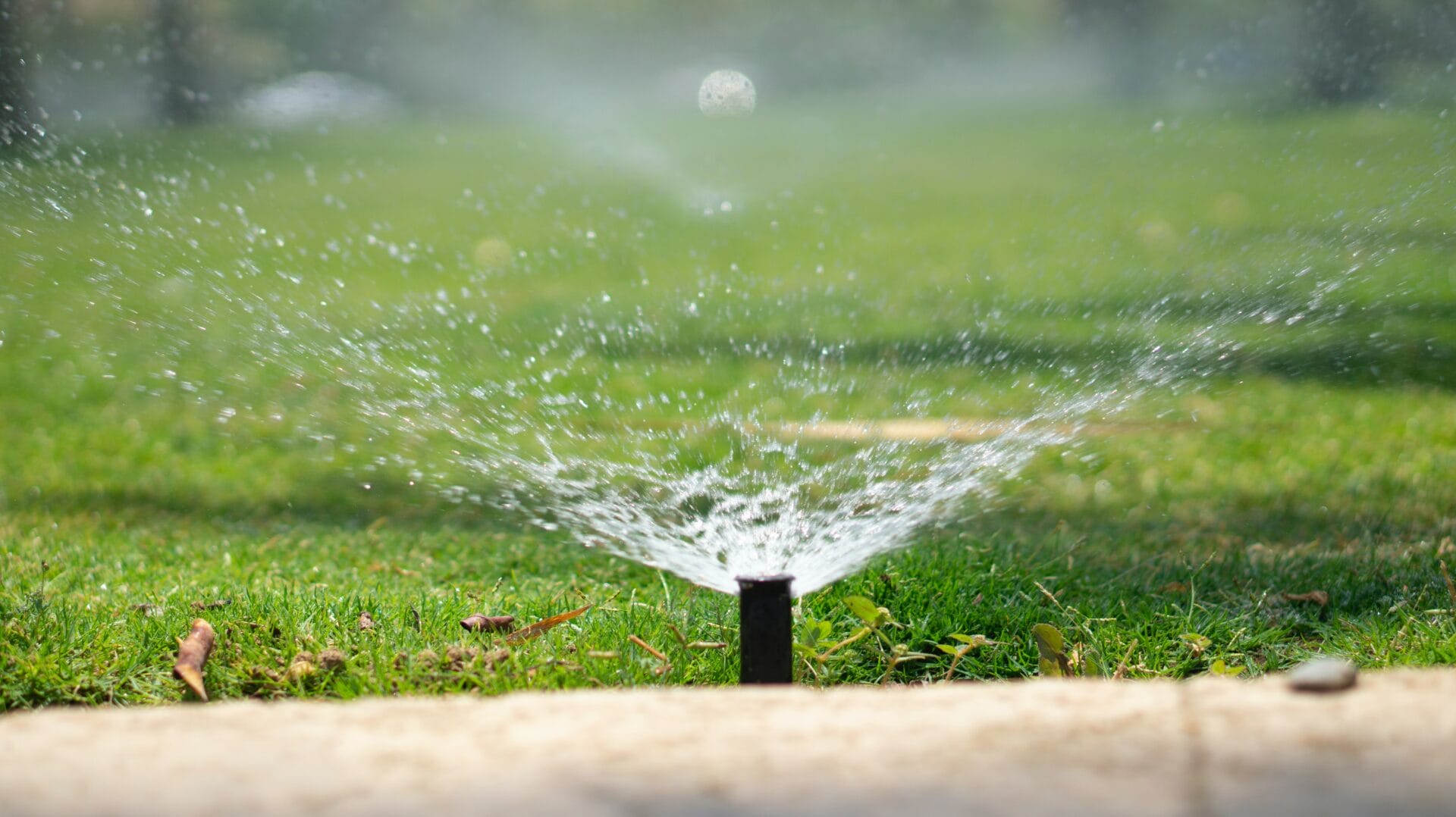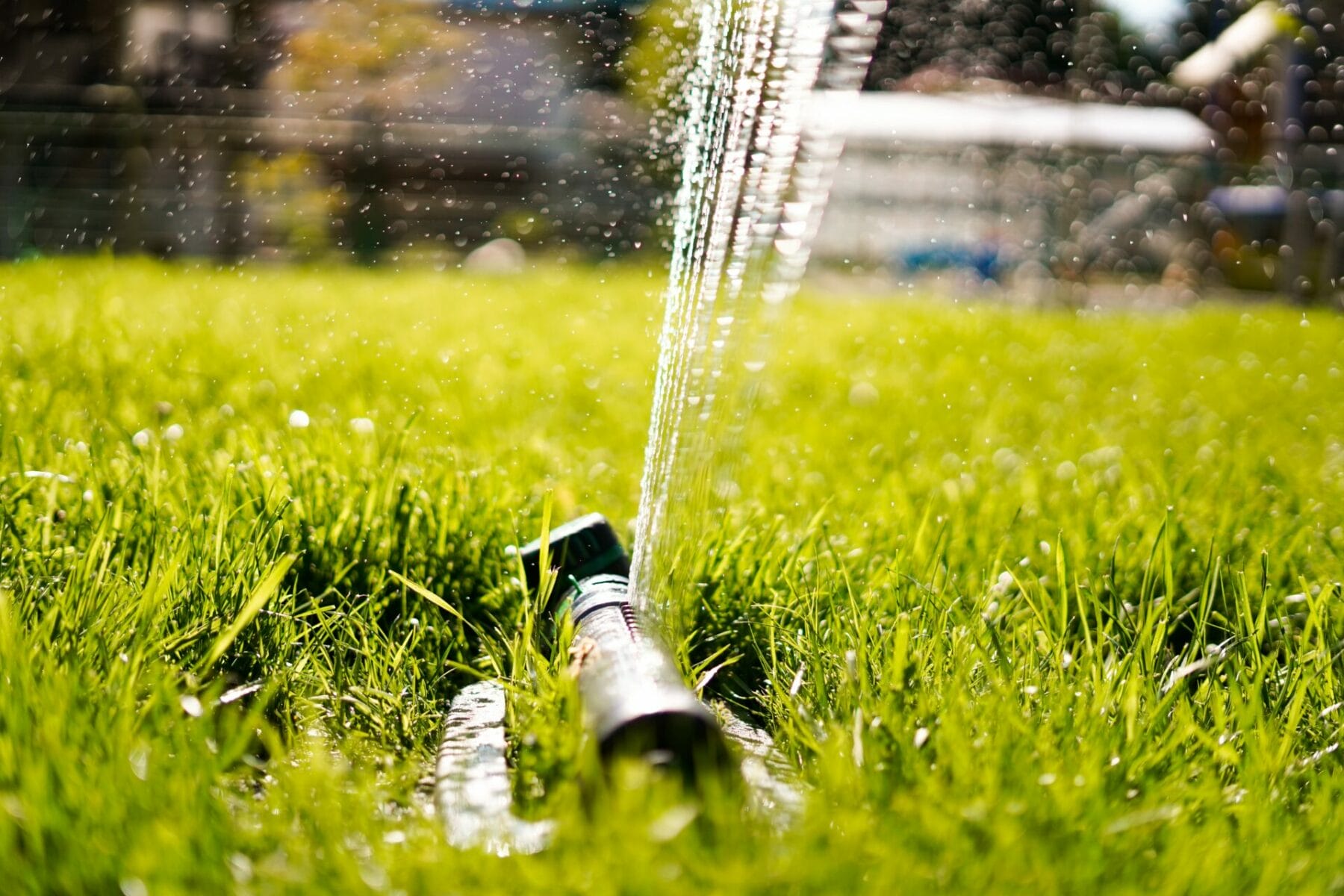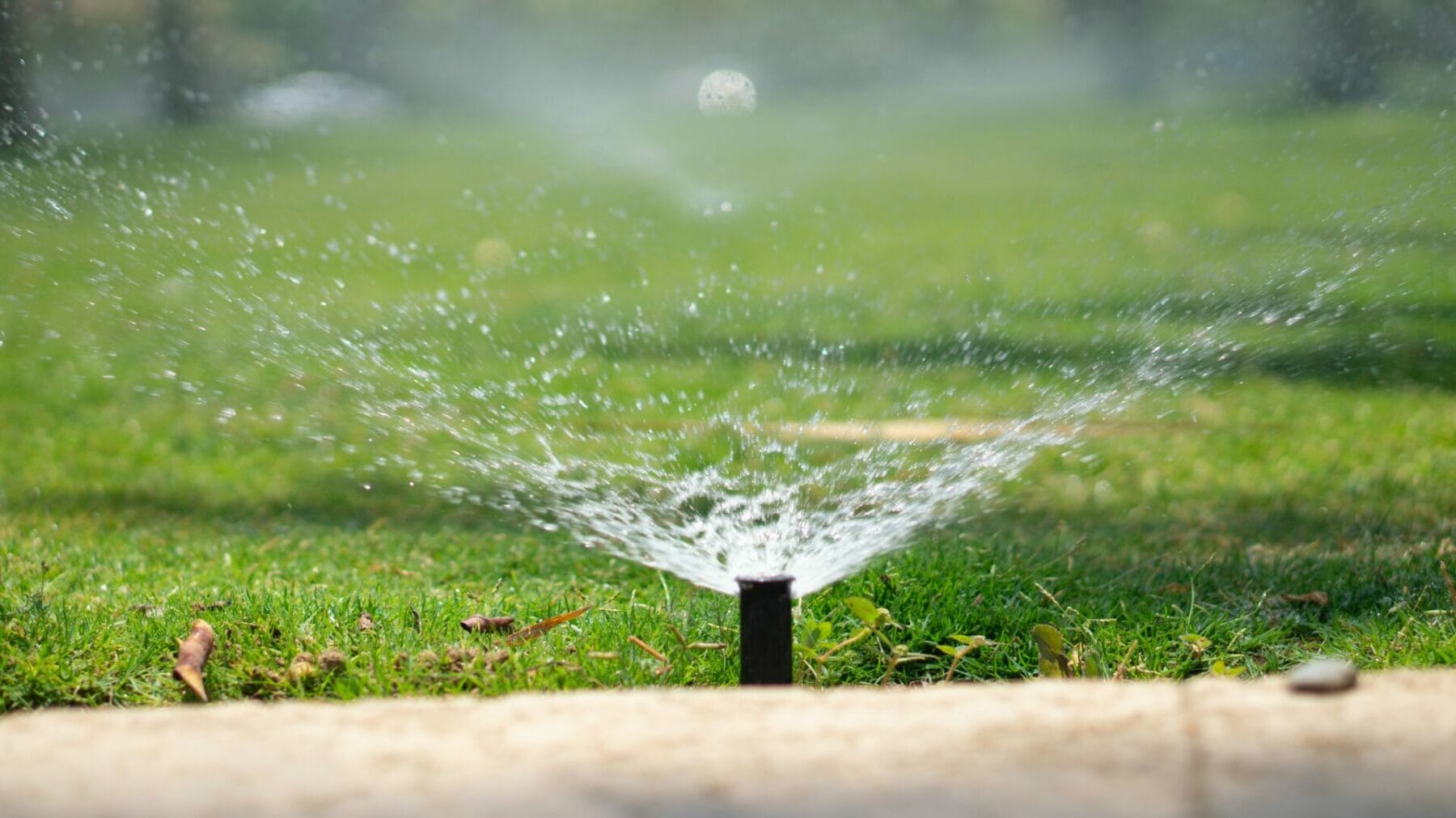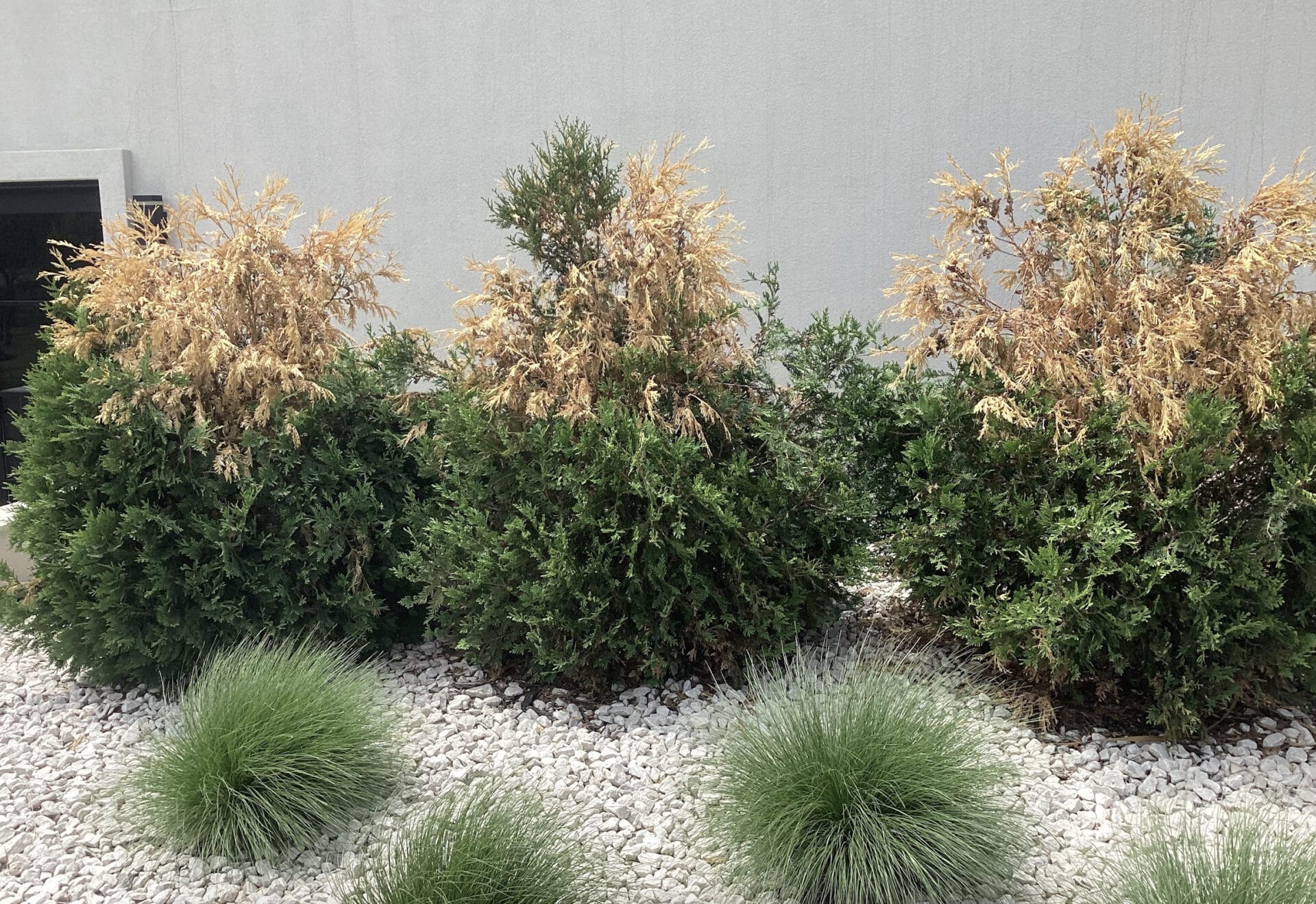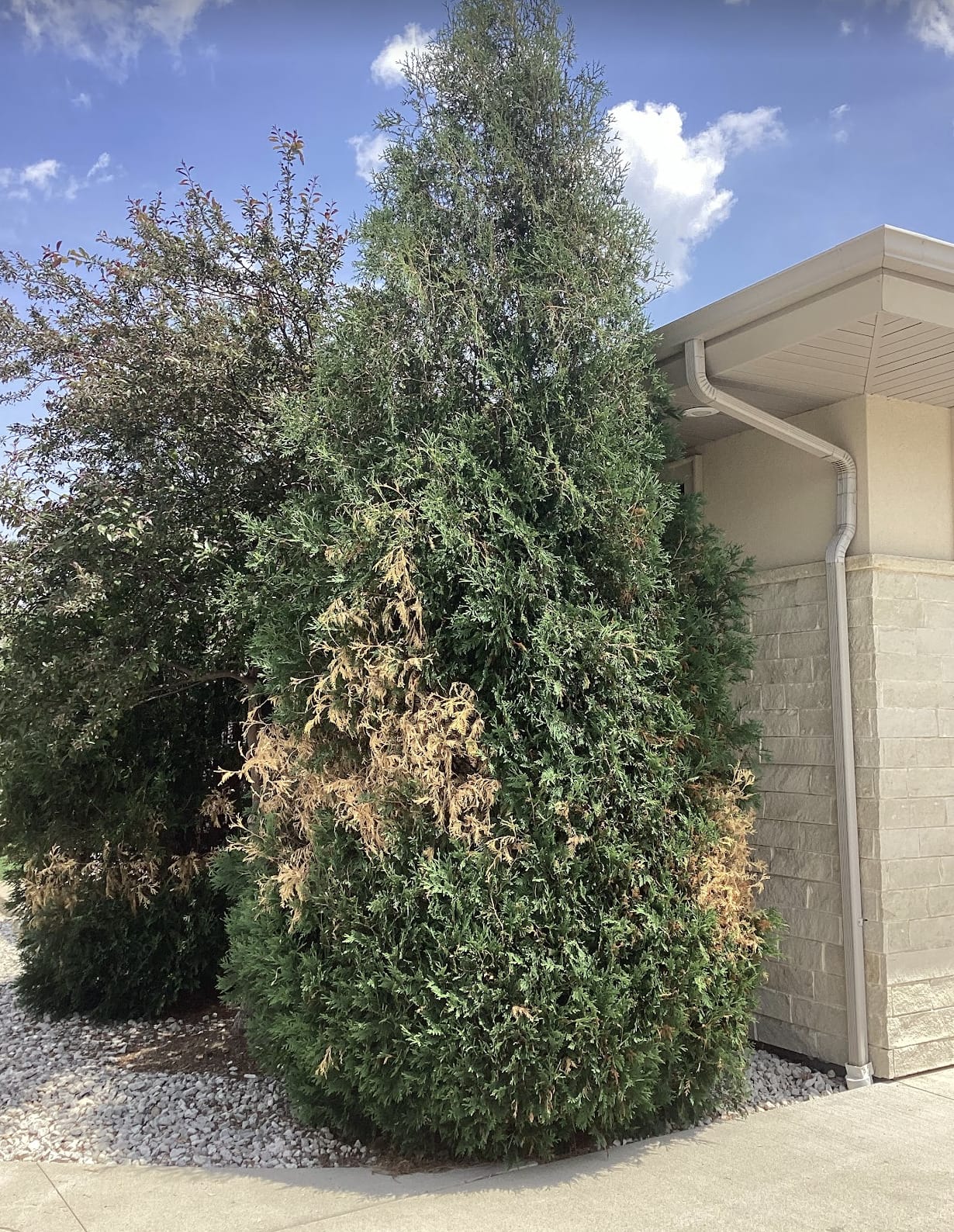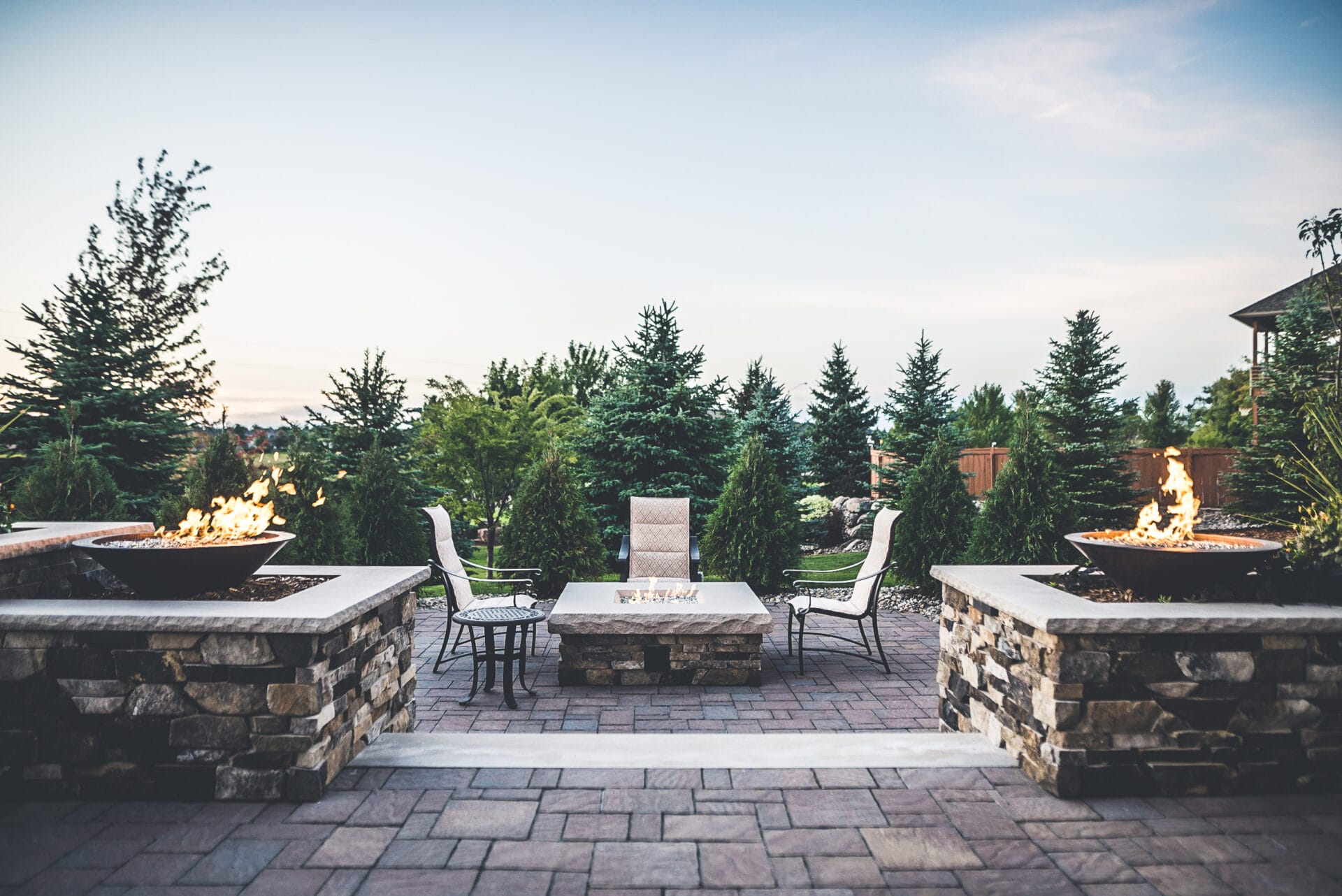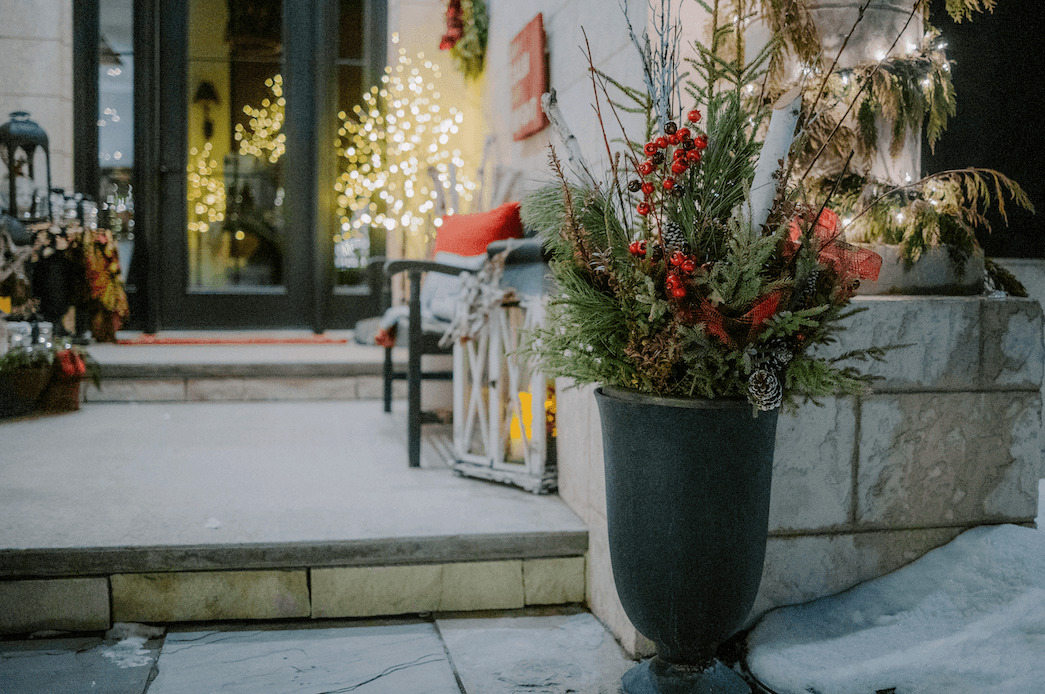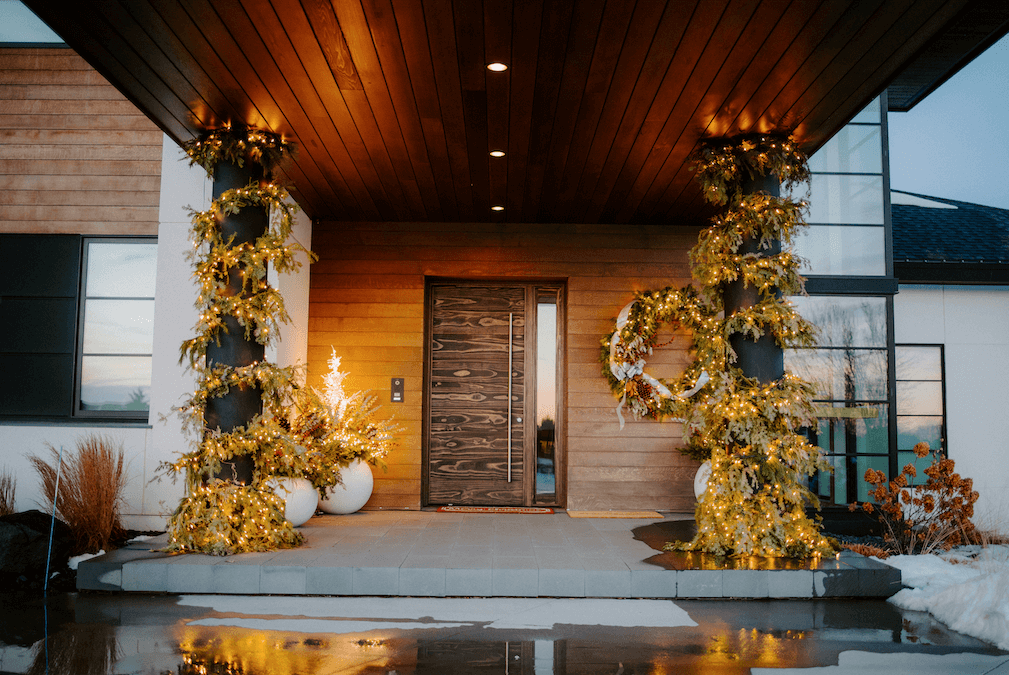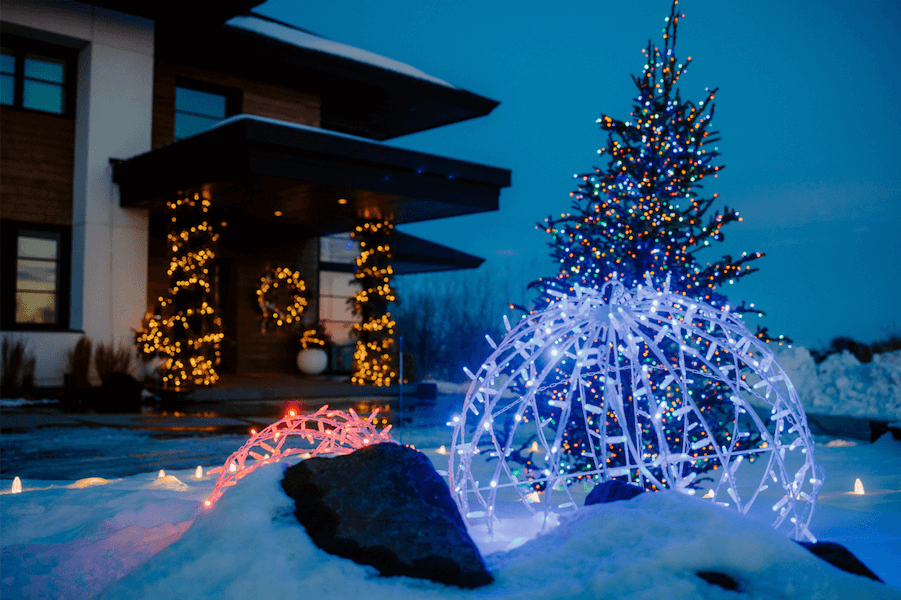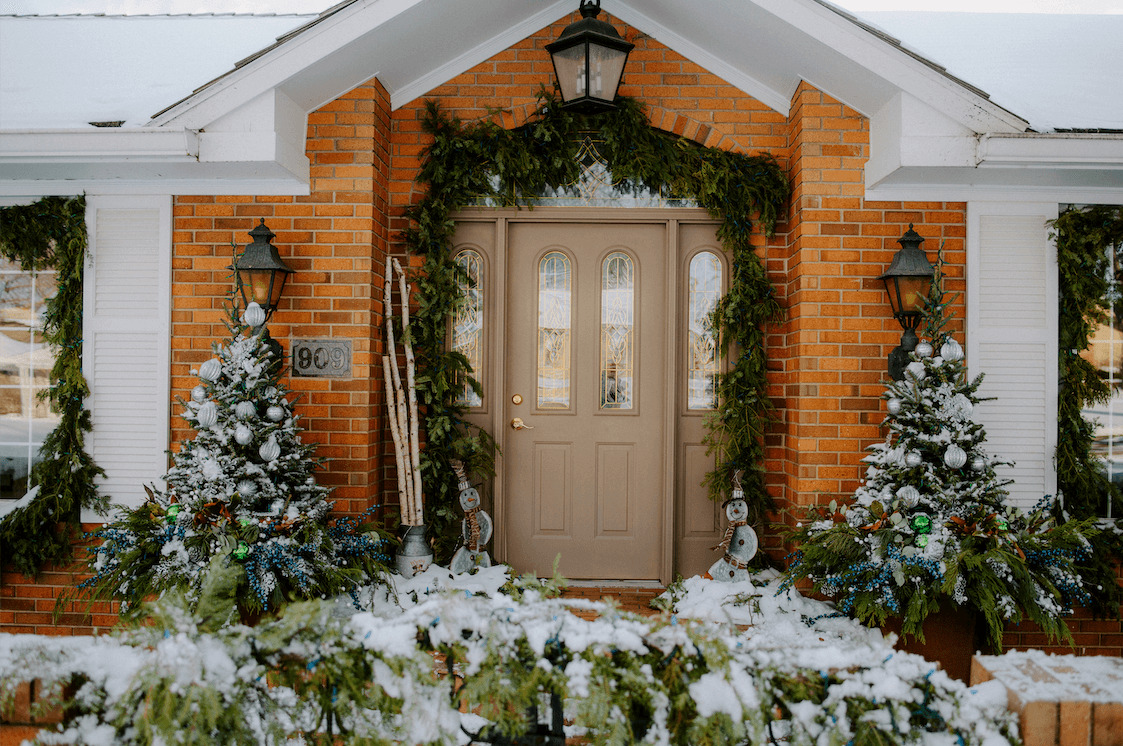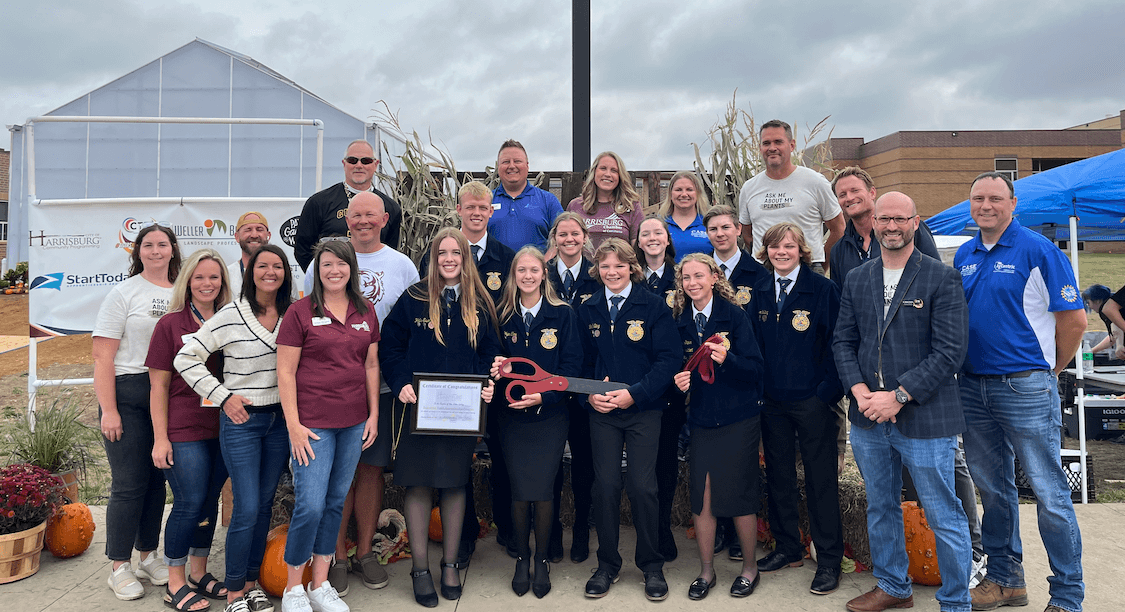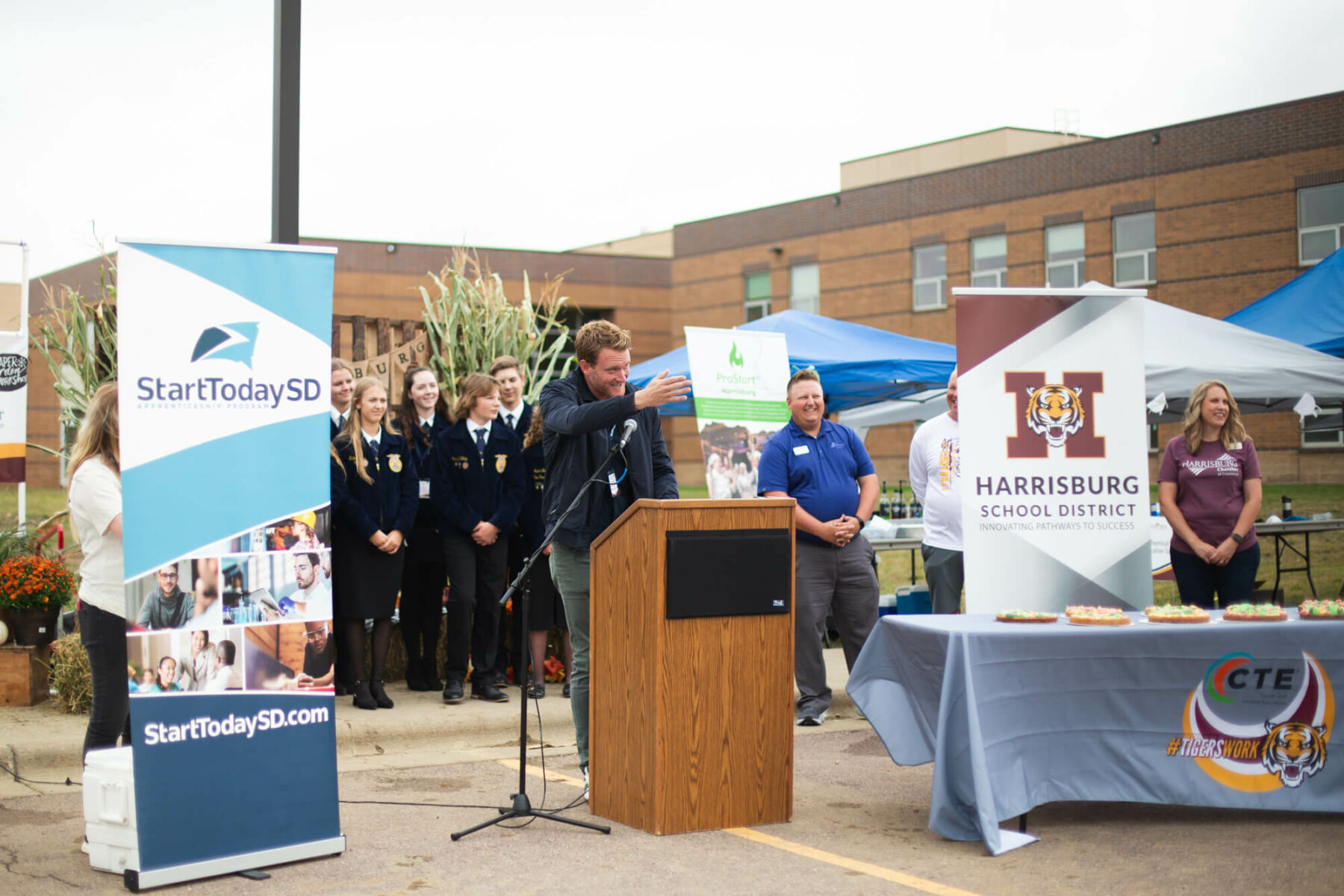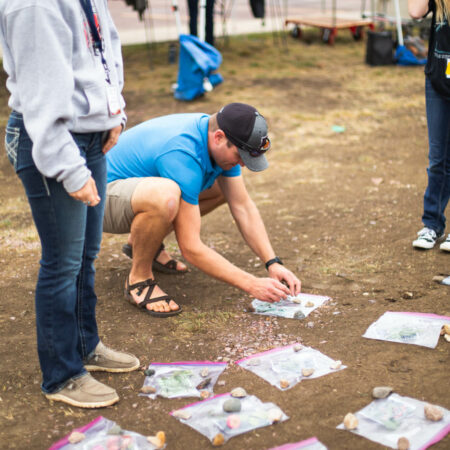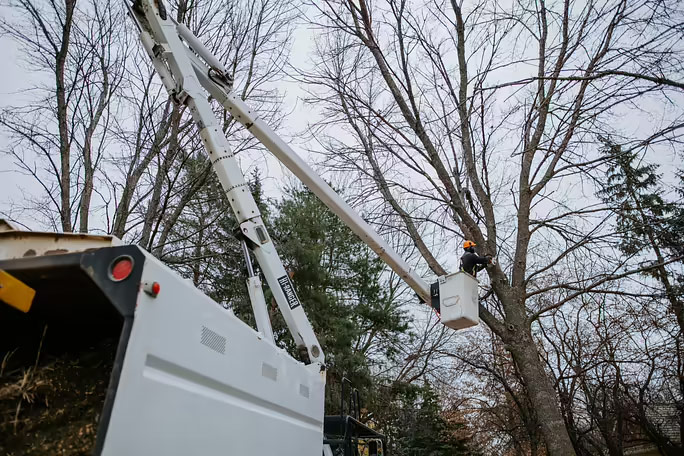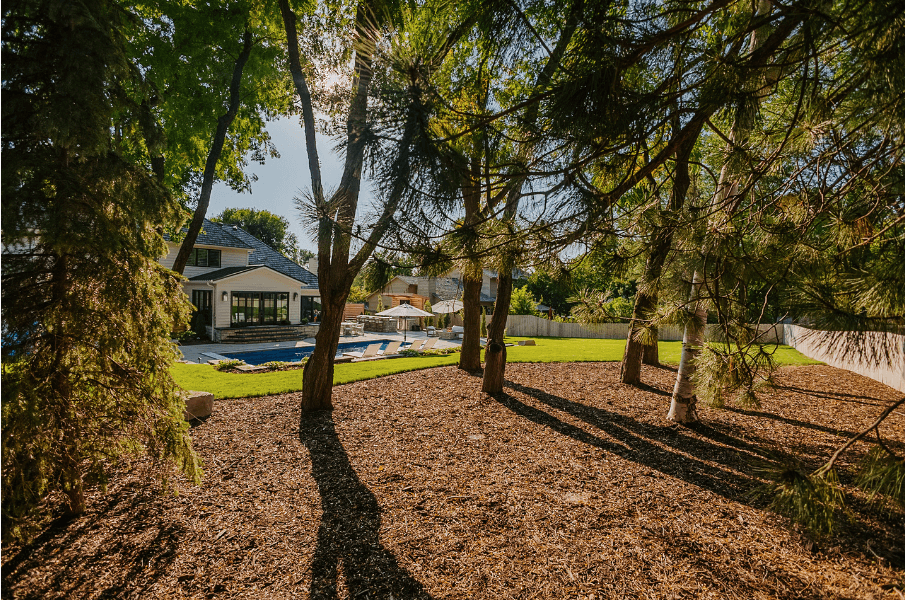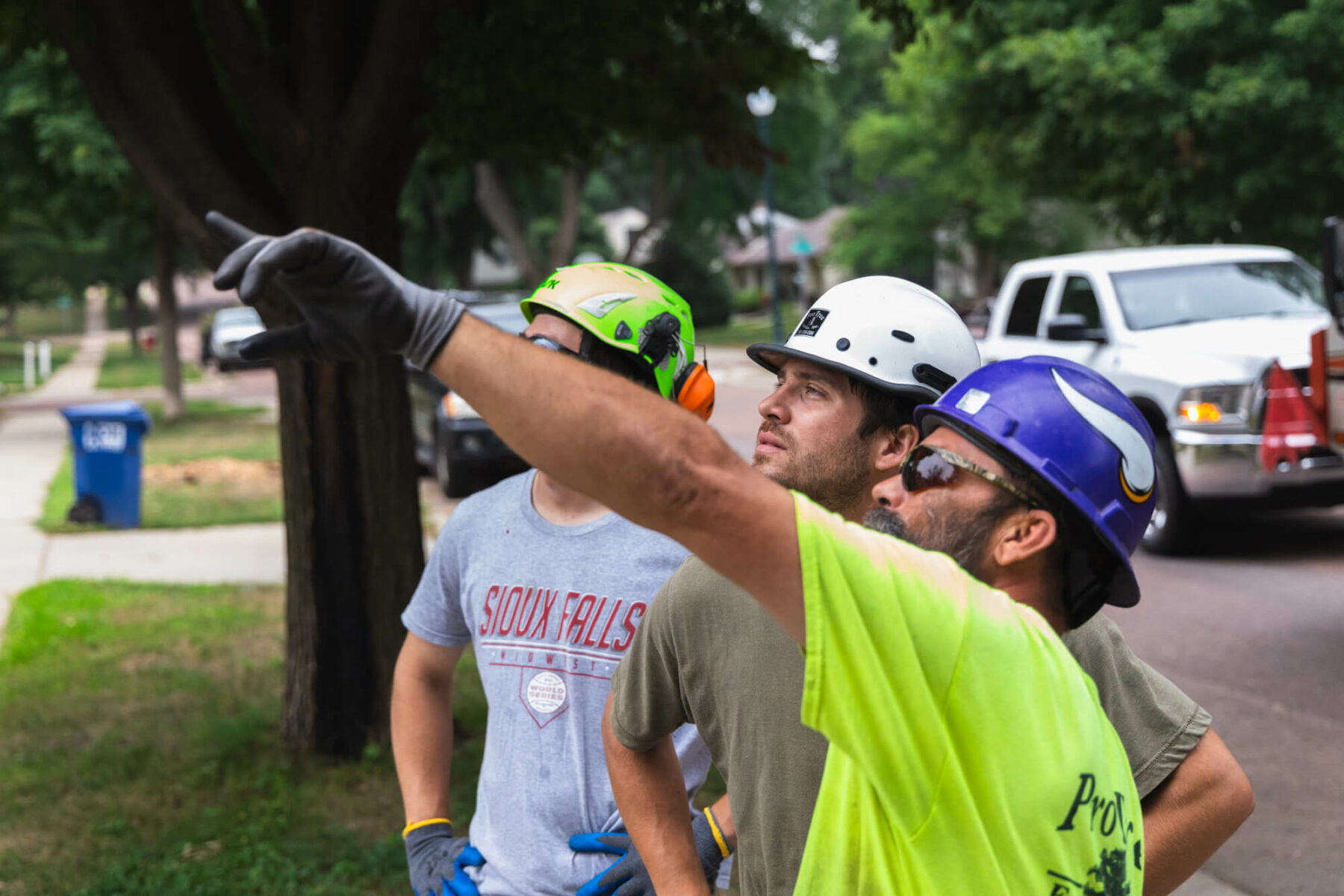
Eight Questions to Ask During Your Landscape Design Consultation
How exciting! You have decided to create your dream outdoor living space.
Whether you’re planning for a pool, outdoor kitchen, custom patio, a pergola — or, all of the above — the next step is to find a qualified designer and installation team who can design, build, and maybe even maintain, your landscaping.
You’ve searched online and found a landscaping company in your area. Now, it’s time to meet with the designer.
Before You Get Started, Ask These Eight Questions
Whether you’re in South Dakota, Minnesota, Iowa, or beyond, there are several important questions that a homeowner should ask during a landscape design consultation as you approach this huge and exciting investment.
Let’s discuss.
1. What is your design process and how do you work with clients?
The answer to this question will give you an understanding of how the designer approaches the design process and how they work with clients. Some specific things to consider when asking this question might include:
- How do you begin the design process? Do you start with a consultation at my home?
- Will you listen to my ideas? What if I don’t have any ideas about what I want?
- How will you present your designs to me? Do you provide sketches, computer renderings, or other visual aids?
- How do you handle revisions and changes to the design? Will you work with me to make changes or do you stick to the original design plan?
- How do we communicate during the design process? Do you have regular check-ins or do you only communicate when necessary?
You may be working with this designer over the course of many months, or even longer. Entering into the working relationship with an overview of the process will set everyone up for success.
2. How do you approach the design of outdoor spaces and what factors do you consider?
One of your main criteria in hiring a landscape designer is that they listen to your needs and desires for your space, while still bringing their own expertise and creativity.
By asking the designer about their approach to designing your space, you’ll set expectations at the beginning of the relationship.
Some examples of factors to discuss include:
- Incorporating elements like plants, hardscaping, lighting, and other features into your designs — does the designer have a specific approach to incorporating these elements, or do they take a more flexible approach?
- Designing outdoor spaces that are functional and aesthetically pleasing — how does the designer balance these two goals?
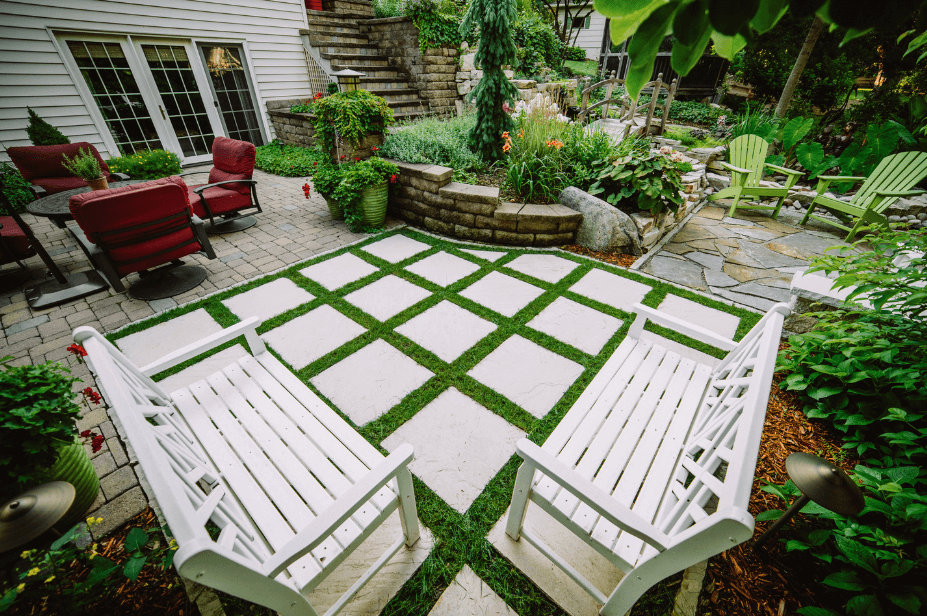
3. Can you provide examples of your work and references from past clients?
If the answer to this question is “no,” find a new landscape designer.
Work examples and customer testimonials will both attest to the quality of the designer’s work and communication, as well as provide clarity as to whether or not the designer’s style is right for you.
At Weller Brothers, we create landscape tours and client testimonials for many of our landscape design projects. This shows potential customers that our designers and team provide quality and trusted service in Rochester, Des Moines, and Sioux Falls. Plus, they’re just really fun to share!
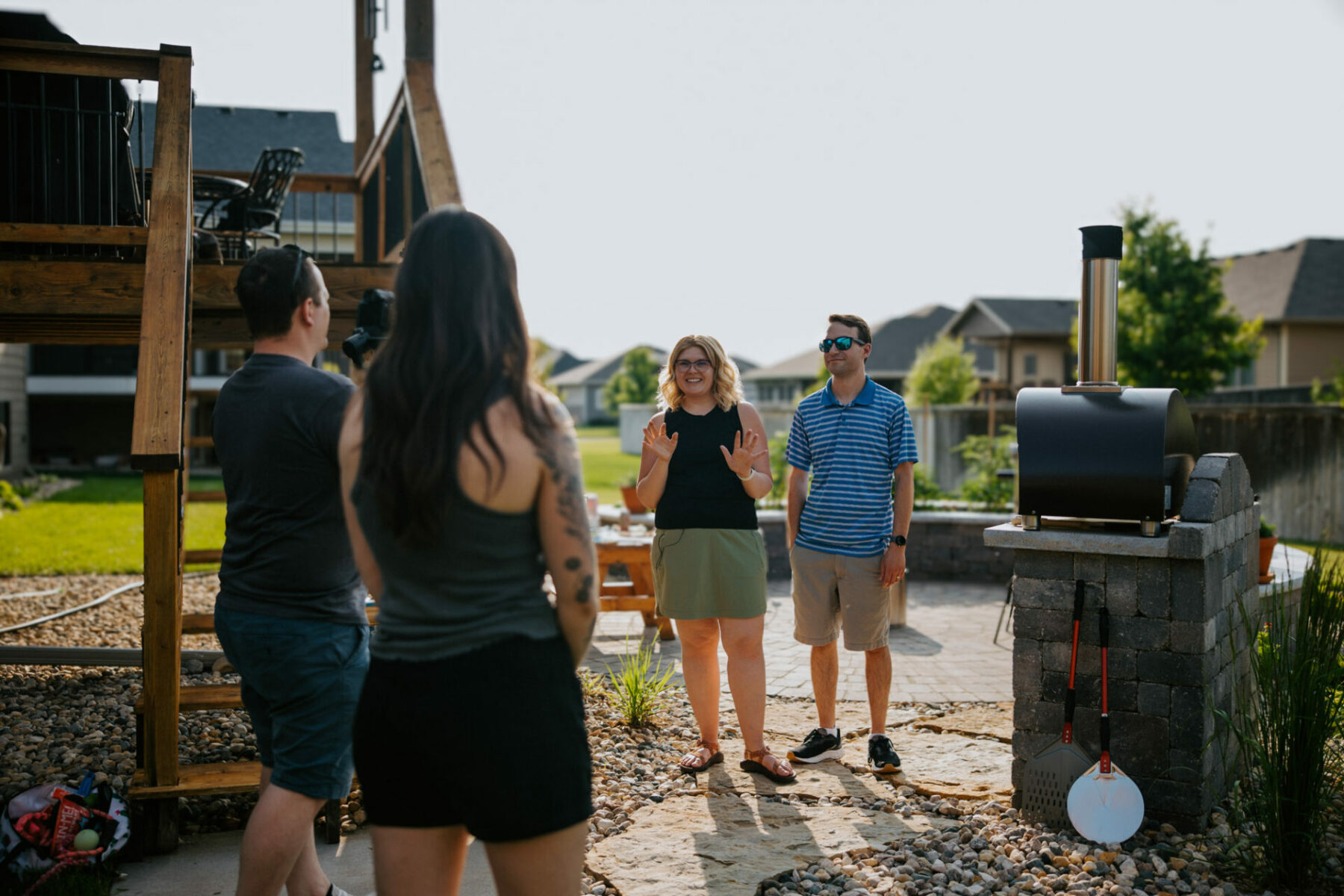
Weller Brothers customers filming a testimonial video in their backyard.
Another important thing to consider when looking at a designer’s past work is if it’s similar in style or scope to your project.
Do they have experience designing outdoor spaces that are similar to yours in terms of size, layout, and other characteristics? If they don’t, perhaps there is another designer on their team who is a better fit for your project.
For example, while all of our designers at Weller Brothers are very talented and experienced, we have one who designs many of our commercial projects and another who loves to work with natural grasses in his designs.
A landscape project is a large investment; take the time to find the designer who can best create what you’re dreaming of.
4. Can you provide an estimate for the cost of the design and any additional services?
Big question, right? You’re probably walking into this meeting with a budget, and maybe you’ve already consulted a budget guide.
Of course, you want to know what this project will cost and what expenses may come up along the way. Maybe you have a budget in mind and you need a designer who can work within those constraints.
Communication is key here.
- First, the designer should be able to provide a detailed estimate of the cost of the design process, including any consultation fees, site analysis fees, and design fees.
- How about any additional costs that may arise during the design process, such as changes to the design or unexpected challenges that may require additional work or resources? If so, how will the designer handle these costs?
A clear, upfront conversation about all costs associated with your landscape project will contribute to a smooth and positive experience for both you and the designer.
5. How do you address maintenance and upkeep in your designs?
As the homeowner, are you prepared to maintain your landscape once the project is complete? Do you even know what type of maintenance will be necessary?
Landscape maintenance is an important topic to discuss with your designer because you certainly don’t want your new project to look abandoned and overgrown in a few years.
If desired, can your designer incorporate low-maintenance plants? Does the company offer ongoing maintenance services to keep your new landscape looking pristine? If so, what’s the estimated cost?
A beautiful landscape is a place to create a lifetime of memories – but it’s also a lifetime of commitment. How can your designer help you prepare for that commitment?

6. Can you provide a timeline for the design process and any potential implementation?
Summer is coming, and you want to be enjoying that new patio and fire pit ASAP – we get it.
Just like the budget topic, it’s important to set clear expectations about the project timeline from the beginning. How long will the design process take? When will the work begin? When can I finally dive into my pool?
Other factors that may impact the timeline for the design process or implementation include weather, the availability of materials, and subcontractors. With the freezing Midwest winter, perhaps a larger project needs to be executed in phases.
Communication is key!
7. How do you handle any changes or revisions to the design?
Things happen. Minds change. New ideas take root. So, what happens if you want to revise your landscape design?
Obviously, after a certain point in the timeline, this may not be possible. But, it’s also important that you and the designer work together to create a landscape design you’ll be happy with for years – even if it takes a few revisions.
During the initial design process, does the designer allow a certain number of revisions? Is there a cost associated with revisions?
- What if you want to make a change after the groundbreaking?
- How does the designer handle changes or revisions to the design after the design process is complete and the design has been implemented?
- Do they offer any warranty or support for changes or revisions made after the design process is complete?
Understanding how the designer handles changes or revisions to the design will help you feel confident that the final design meets your needs and preferences.
8. What is your approach to sustainability and environmentally-friendly design practices?
Some people care deeply about sustainability in their landscaping and all areas of their lives. This may be you!
If sustainability is an important consideration in your Midwest landscaping, bring it up with your designer. He or she may have experience with drought-tolerant plants, rainwater harvesting systems, or incorporating natural grasses into the design.
In general, landscape sustainability boils down to a few key factors (including water usage and types of plants), so an experienced designer will help you find a design solution that you’re comfortable with.
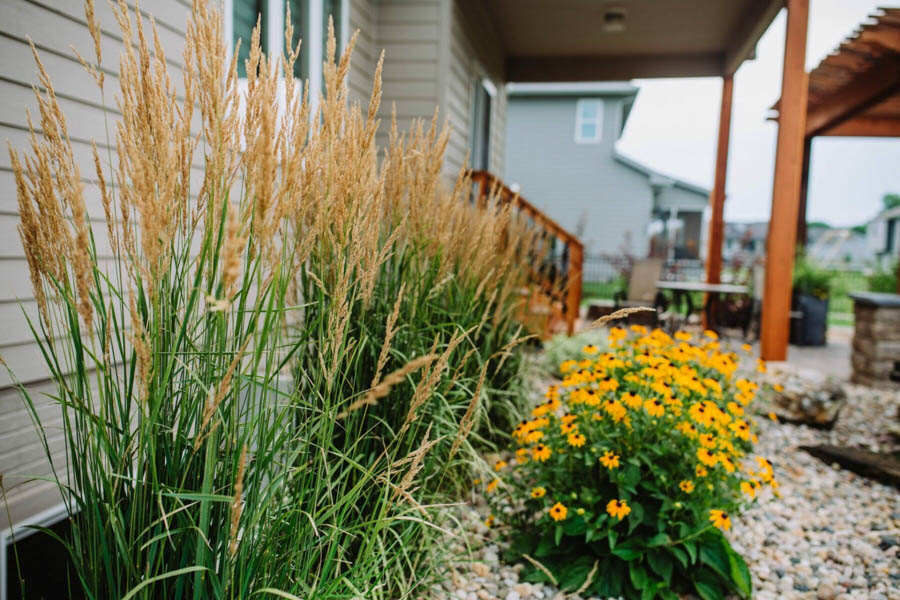
Found the Right Designer? Now the Fun Begins
Once you’ve identified a landscape designer and covered all the bases above, you’ll be amazed at how your outdoor space will transition over the next few months.
We’re so excited for you!
If you’re in the Sioux Falls, SD, Rochester, MN, or Des Moines, IA, area and still looking for the right landscape designer, we’d love to learn more about your goals.
Learn more about our services and processes and reach out if you’re ready to schedule a consultation.


